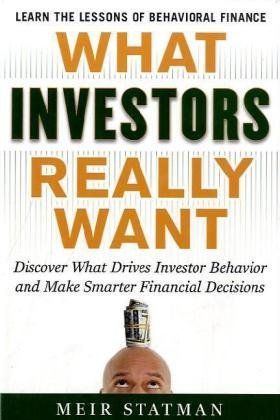Tradestreaming is all about finding the right investor willing to share the most valuable information. Sometimes, sharing important information is required by law. Like, when an investment fund or company is required to report portfolio holdings. Piggyback investing using regulatory filings to create all-star portfolios made up of the best picks by the world’s most profitable investors.
Warren Buffett is clearly one worthy of piggybacking and a new research paper further dissects his historical performance and lays the groundwork for investors willing to mimic Buffett’s investment moves.
In Overconfidence, Under-Reaction, and Warren Buffett’s Investments, authors Hughes, Liu, and Zhang examine what contributes to a market underreaction to news that Buffett’s Berkshire Hathaway has made a new investment.
Findings of market under reaction to Berkshire Hathaway’s public disclosures through quarterly filings of their holdings of publicly traded company stocks through Form 13f with the SEC for up to a year or more rationalizes Buffett’s long-term investment strategy. We investigate over confidence as an explanation for under reaction indirectly by examining associations between changes in Berkshire Hathaway’s holdings and changes in both financial analysts’ recommendations and institutional holdings for the same stocks…
The link to overconfidence is based on the argument that overconfidence on the part of analyst and fund managers is likely given the highly competitive investment community in which they perform and the high rewards afforded those who distinguish themselves as possessing independent expertise. As a complementary finding, insiders whose overconfidence is more likely to overweight similar private information to that of Buffett tend to follow Buffett’s lead when buying by, as net sellers, selling less.
Interesting aside, the study also finds net sales of corporate insiders of stocks held by Berkshire Hathaway tend to decrease when those holdings increase consistent with shared private information.
Source
Hughes, John S., Liu, Jing and Zhang, Mingshan, Overconfidence, Under-Reaction, and Warren Buffett’s Investments (July 5, 2010). Available at SSRN: https://ssrn.com/abstract=1635061
[Hat tip: CXO Advisory Group]











